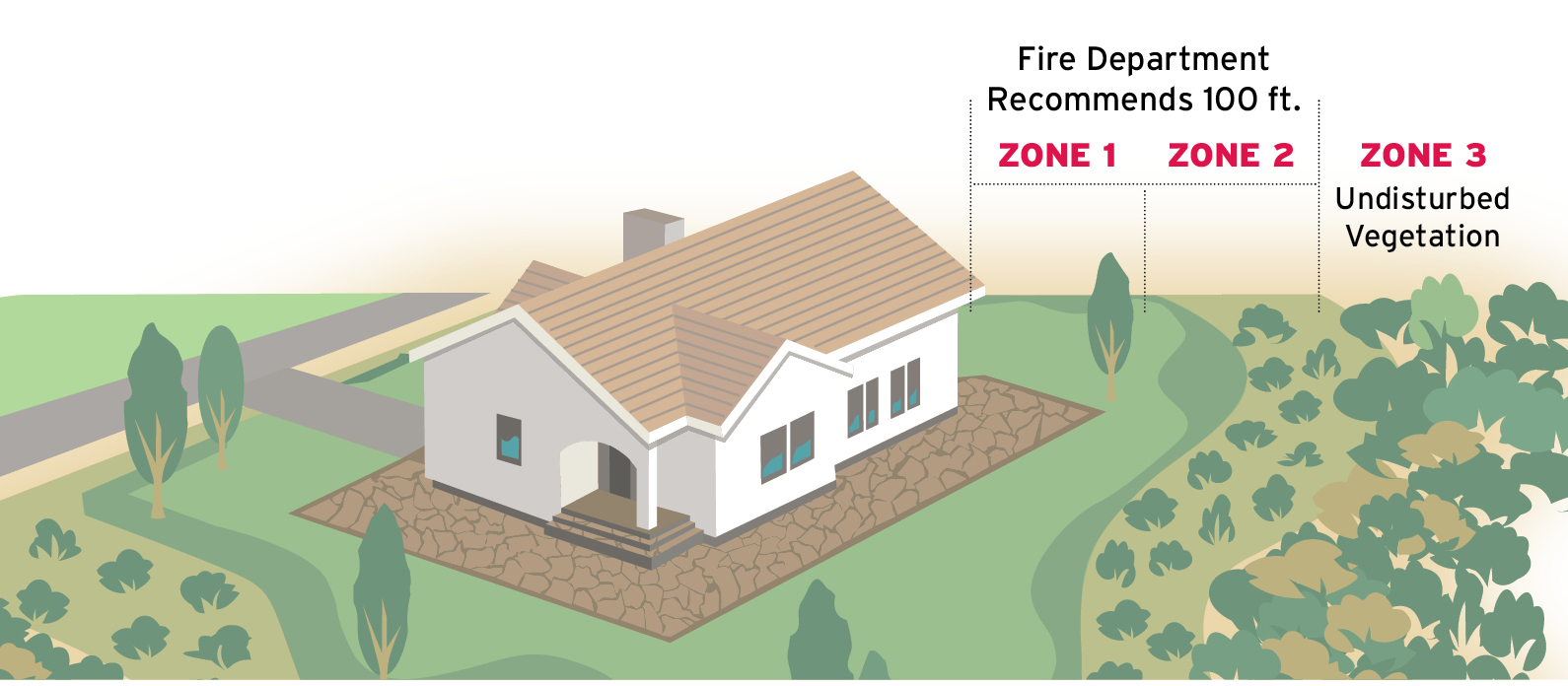Preparing for an Emergency Before One Happens
Focusing on emergency preparedness can help keep you and your loved ones safe in case of a wildfire or other emergency.
Develop a Plan
Emergencies can come in many forms such as wildfires, storms, earthquakes or school or work emergencies. Being prepared for emergencies means having a written plan as well as supplies. With a written plan you have systematic and repeatable approach to emergencies.
Your plan should be tailored to meet your specific situation, such as preparing for elderly and disabled family members as well as pets. Review and update it annually.
Consider these things when making a plan:
- Create an emergency plan for your family, identifying two places for the family to meet.
- A place outside your home
- A spot away from your neighborhood in case you can't return home
- Practice the plan with your family, including your children
- Review the emergency plans at your workplace, your children's school or daycare center and other places where members of your family regularly spend time away from home
- Plan safe routes away from your home and business to high, safe ground. Make sure your children are aware of the routes away from home.
- Develop a plan for family pets and livestock
- Evacuation shelters may not allow animals
- Designate a friend outside the area who family members can call if separated
- Keep current important documents in a safe-deposit box
Prepare a Kit of Emergency Supplies
During an emergency, you'll need supplies. Here are some of the basics you should have on hand.
- Three-day supply of bottled water (one gallon per person per day)
- A three-day supply of packaged, dried, and canned food
- First aid kit and essential medicines
- Pet food and pet carrier
- Manual can opener
- Portable radio and flashlights with spare batteries in waterproof bags
- An extra set of car keys
- Cash and credit cards
- Special items for infants, elderly or disabled family members
Comprehensive Checklists
Read SDG&E's comprehensive checklists for your home, at work and in your car.
Protect Property and Be Prepared – Create a Defensible Space
In a wildfire, firefighters are stretched to the limit. By designing or modifying the space around your home to resist wildfire, you have a better chance of saving your property—whether firefighters can get to it in time or not.
There are three zones around your house to consider:
- ZONE 1: From the structure out to a minimum of 30-50 ft.
The area nearest your home should contain low-growing plants with low-fuel volume. - ZONE 2: A minimum of 30-100 ft. from structure
Low-growing ground covers that are resistant to fire and low in fuel volume are recommended in this zone. - ZONE 3: Beyond 100 ft. from structure
Check with environmental regulatory agencies before modifying native vegetation that might include endangered species and habitat.
